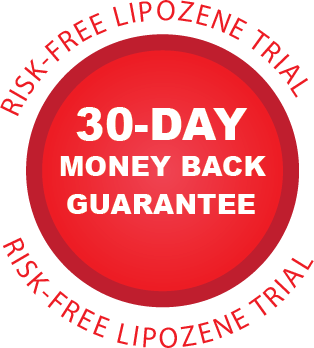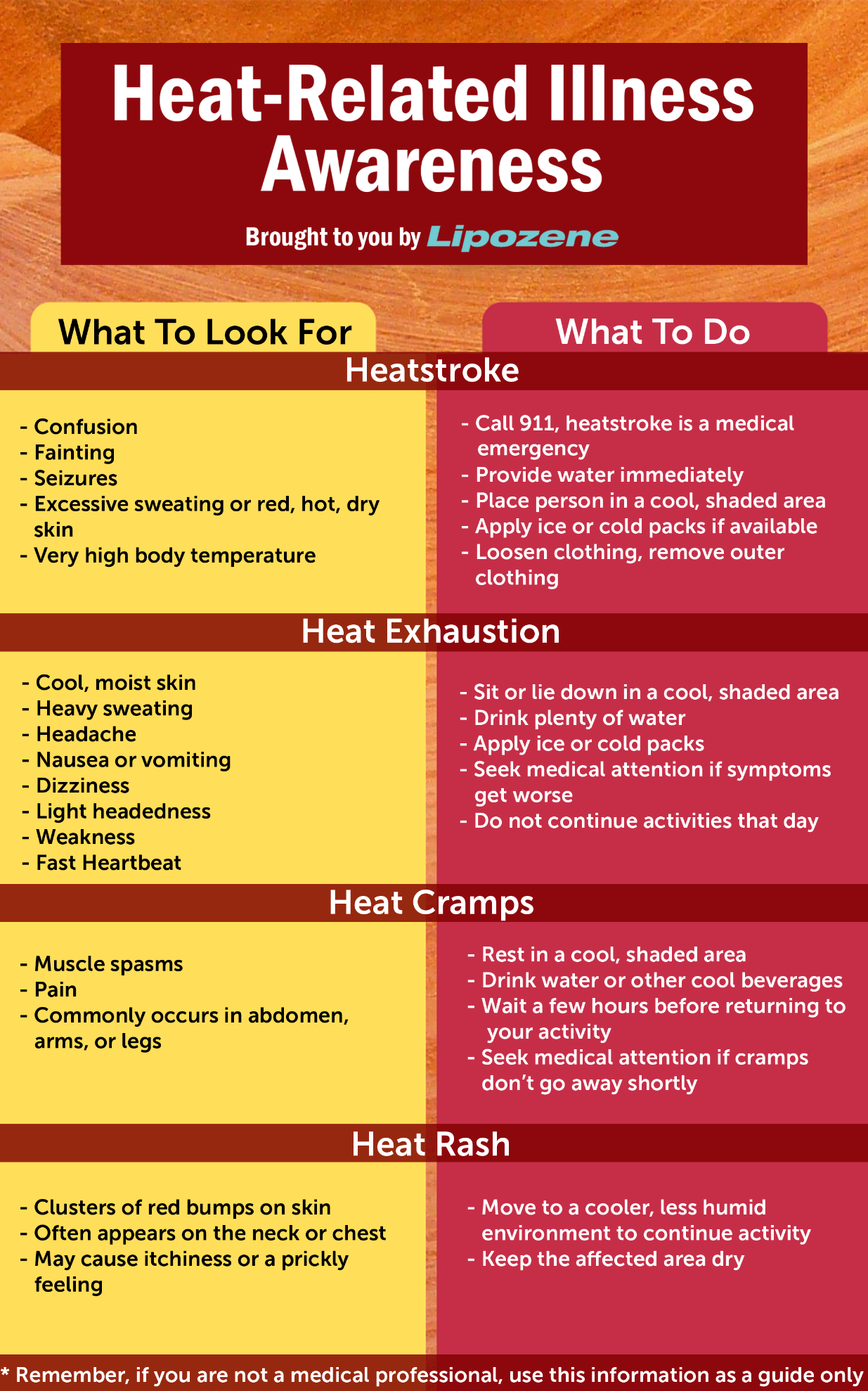




Many people around the world have begun to spend more time outdoors as an attempt to destress and pass the time during this period of uncertainty. Hiking trails are busy, dogs are enjoying more and more walks, and public parks are filled with fitness junkies. Exercising is an excellent way to reduce stress and stay healthy, especially when it’s done outside in the fresh air and sunshine. However, with temperatures creeping into the 90s and beyond in some areas, dehydration and heat exhaustion while working out become a very real concern. Whether you’re attending a workout class in a park, hiking with friends, or even taking the dog for a walk, be sure to take care on hot days. When the temperature rises, even the “easiest” exercise can quickly become extremely taxing. Learn all about the most common heat-related illnesses and review our top tips for how to safely enjoy your outdoor exercise.
Heatstroke is the most serious heat related illness and it occurs when the body becomes unable to control its temperature. Under normal circumstances, your body can cool itself down by sweating. However, when you suffer from heat stroke, your sweating mechanism fails, your body temperature rises rapidly, and you are unable to cool yourself down.
Heat exhaustion is the result of a lack of water and salt caused predominately by excessive sweating. It can develop after inadequate replacement of fluids. If left untreated, heat exhaustion may lead to heatstroke.
Heat cramps are painful muscle contractions that can occur with exercise, especially in a hot environment. They are caused by low salt levels in your muscles due to excessive sweating and inadequate fluid intake. Heat cramps may also be a symptom of heat exhaustion.
Excessive sweating in hot weather can also cause a skin irritation called heat rash. It develops when your pores become blocked and sweat can’t escape from your skin. Different types of heat rash can range in severity, and they can all look a bit different.

If you choose to exercise outside in the heat, keep these tips in mind:
Before you decide to do a workout outside this summer, make sure to check the weather report. If the heat or humidity is higher than you’re used to, there’s no shame in dialing back your workout or even rescheduling. A workout that feels easy on a cool day can be dangerously intense on a hot day. Additionally, cooling down is harder in humid weather because sweat may not evaporate as quickly from your skin. Respect your body and your limitations, your workout can always wait until later in the evening or even another day when it’s cooler outside.
If you’re used to exercising indoors and have only recently ventured outside as a result of the pandemic, take it easy at first when you exercise in the heat. For the first one to two weeks of exercising outdoors, limit the length of your workouts and pay attention to the warning signs of heat exhaustion. As you begin to get used to working out in the heat, you may gradually increase the intensity.
While it’s always important to be comfortable when you work out, what you wear matters even more when you’re exercising in the heat. Light-colored, loose, sweat-wicking material is best for hot weather. Try to avoid dark colored fabrics that can absorb heat. Additionally, if you’re hiking or taking a long walk, consider wearing a light-colored hat that will keep the sun off your face and neck, and don’t forget sunscreen! Getting a sunburn may decrease your body’s ability to cool itself down.
Adequate hydration is one of the most important factors in avoiding heat related illness. Don’t wait until you’re thirsty to hydrate! Begin drinking before you start your activities and continue staying hydrated during and after the workout. If you’re planning an especially strenuous workout, consider bringing a sports drink along instead of just water. Sports drinks can help replace the sodium you lose through sweating, which may help you avoid heat-related illnesses.
As with any other physical activity, always check with your doctor before taking on any new exercise routine, whether inside or out.
Feedback: